| turtle_colouring_page_2.pdf |
|
By Dianne C. What are these two strangely coloured birds? These bird photos have had the bird's colours changed. Can you tell what species they are from just their shape and posture? I bet you can! We often get distracted by a bird's colours and colour pattern (plumage) but other clues can be more important. Not just how their feathers look, but also shape, posture, and size. The colours and shape of their bills and legs can also point us to the right species identification. And behaviour and habitat can telling us what kind of food they like such as grains or insects, and hint at what kind of bird they are. For example, small birds that feed in trees are more likely to be warblers or vireos and ones that find things on the ground in amongst grasses are more likely to be sparrows or one of the species in the photos. 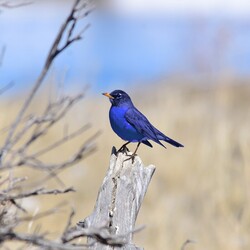 Photos from USFWS Mountain-Prairie - Public Domain.
Explore East Kootenay hotspots on eBird
Elizabeth Lake Jimsmith Lake Provincial Park Palmer Bar Creek Peavine Cr., Lakes and marshes Moyie Lake Provincial Park Idylwild Park Cranbrook Community Forest Cranbrook Sewage Lagoon St. Eugene Mission St. Mary River Rd. St. Eugene Golfe Course Foster's Small Pond Cranbrook Airport Wycliffe--Clearview Rd. Mission Wycliffe Road Wycliffe Lone Butte Reade Lake Pine Butte (NCC foot access) Marysville St. Mary Lake Road Mathew Creek FSR St. Mary Lake Kimberley Nature Park Kimberley City McDougall Park, Kimberley Pighin Road Luke Creek (NCC lands) McGinty Lake Ta Ta Creek--Woods Corner TaTa Creek Wolfe Creek Nature Preserve, Wasa Skookumchuck Prairie Wasa Lake Provincial Park Wasa Lake South Pond Wasa Sloughs Bummers Flats Bummers Flats North Bummers Flat Middle Bummers Flats South North Star Landing Ft. Steele--Campbell Lake Ft. Steele Lakit Lookout Trail Ft. Steele--Stump Lake Irrigation Fields North Pond Irrigation Fields South Pond Rampart Pond Bull River--Fenwick Road Picture Valley #2 FSR Norbury Lake Provincial Park Kootenay Fish Hatchery Bull River Wardner--Ha Ha Creek Road Wardner Wardner--Rosicky Road Did you know that there were over 50 ebird hotspots in the Cranbrook / Kimberley area? These two pictures by Lyle Grisedale are taken at one of them. Do you know which one?
Jim and Deirdre Turnbull from Naramata BC have recently acquired a copy of an early (1923) field guide - Birds of the Pacific Coast by Willard Ayres Eliot. He bases his common names on the 1910 Check-List of the American Ornithologists #39; Union (AOU) with the BC usage verified by Francis Kermode of the Provincial Museum, Victoria.
Well, common names have sure changed. While we wait for spring, and just for fun, would anyone like to guess the current common names of the following birds, all of which occur in BC, as given in Eliot's book. In no particular order: Seattle wren Tule wren Golden pileolated warbler Lutescent warbler Slender-billed nuthatch Arkansas kingbird Nuttall sparrow Gairdner woodpecker Harris woodpecker Desert sparrow hawk None of these species are currently rare in BC - If there is enough interest, I will give the answers in a week or so. This quiz was found on the Yahoo Group - [email protected] One inch of rain is equal to 10 inches of snow.
The Empire State Building once got stuck by lightning 9 times in 20 minutes. Tropical rainforests get about 80 to 400 inches of rain yearly. If it is raining really hard, they get about 2 inches of rain per hour. One tree can provide enough oxygen for 2 people to live off of for their whole lives. The lowest place in North America is Death Valley at 282 feet below sea level. The hottest continent on earth is Africa, where a record high of 136.4 degrees F was once recorded. Antarctica is the coldest continent on earth, where a temperature of 126.9 degrees F below zero was once recorded. It gets as cold as minus 160 degrees F. ten miles above the ground on earth! Raindrops aren’t really shaped like drops; they are perfectly round! Antarctica gets less precipitation than any other continent on earth. The Atacama Desert in Chile is the driest place on earth, where it has an average of three-hundredths of an inch of rain per year. When scientists develop explanations about the world, they share data, information and explanations about phenomena they are trying to explain. Because scientists are communicating with other scientists, they need a common vocabulary.
Scientists working in biosystematics, conservation and biosecurity must know what organisms they are talking about, so they use the same universal classification ideas. Why are most scientific names in Latin? Latin is the historical language of scholars and has been in use since Linnaeus first published his book on the systematic naming of plants, and because Latin is not in widespread use anymore, it is not evolving as a language or changing over time. BIRDS
1. What is the fastest flying bird in the world? 2. Now that you know what the fastest bird is, do you know which bird can fly the longest without resting? 3. So you probably know that the hummingbird is the smallest bird on this planet but can you say what the largest is? Hint: It can't fly. 4. So now that you know what the largest non-flying bird is, how about naming the largest bird that can fly? WILDLIFE 1. What are the tallest trees in the world? 2. Which tree's trunk is sometimes excavated and used as a dwelling for people? 3. What's the difference between a jaguar and a leopard? And no it's not that one has a car named after it. 4. Which of the big cats is the biggest? |
Budding NaturalistLook deep into nature, and then you will understand everything better. Archives
April 2023
Categories
All
|
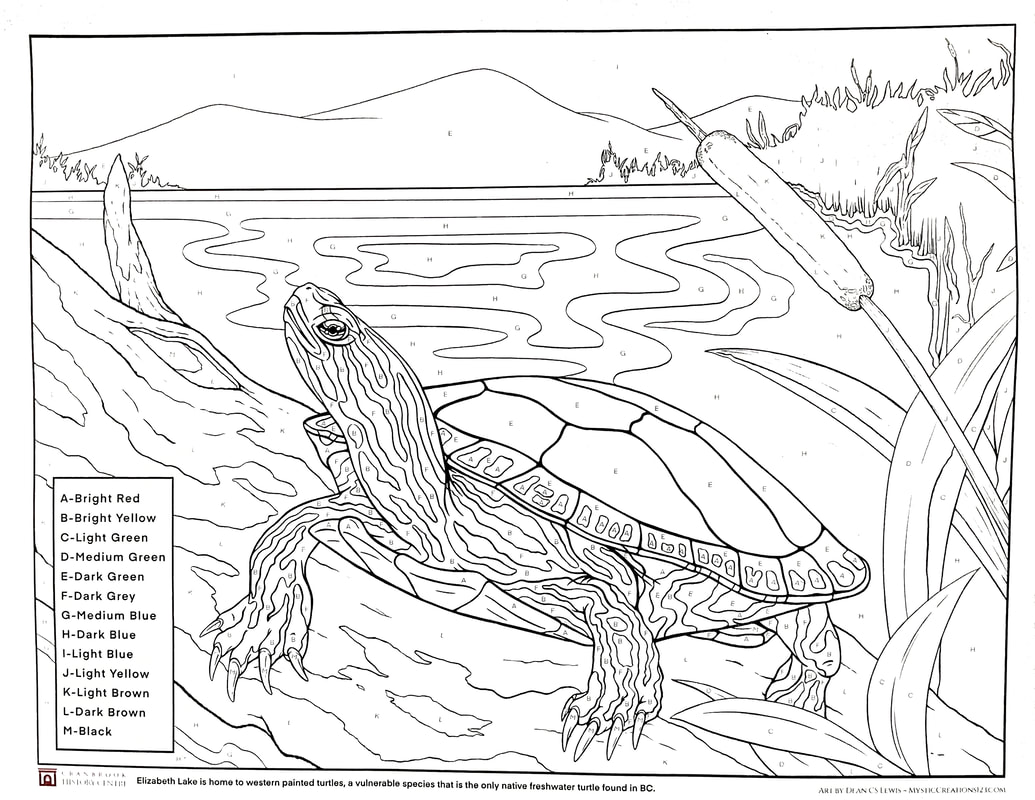
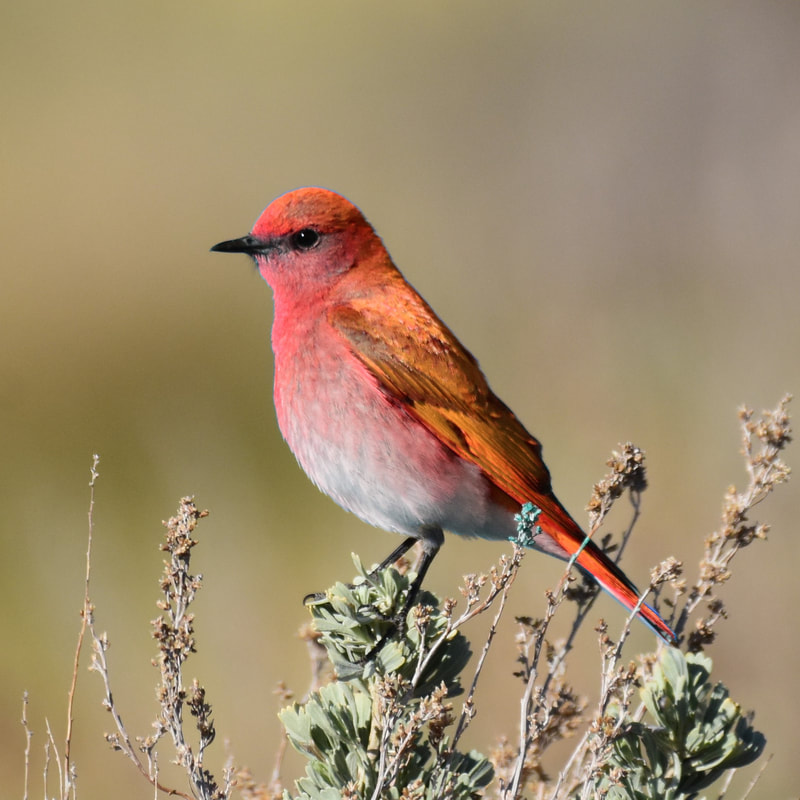
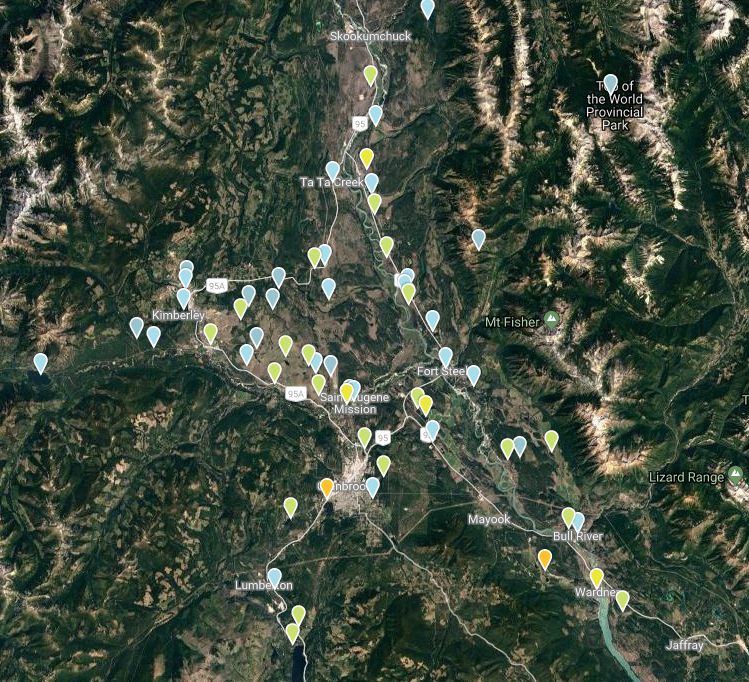
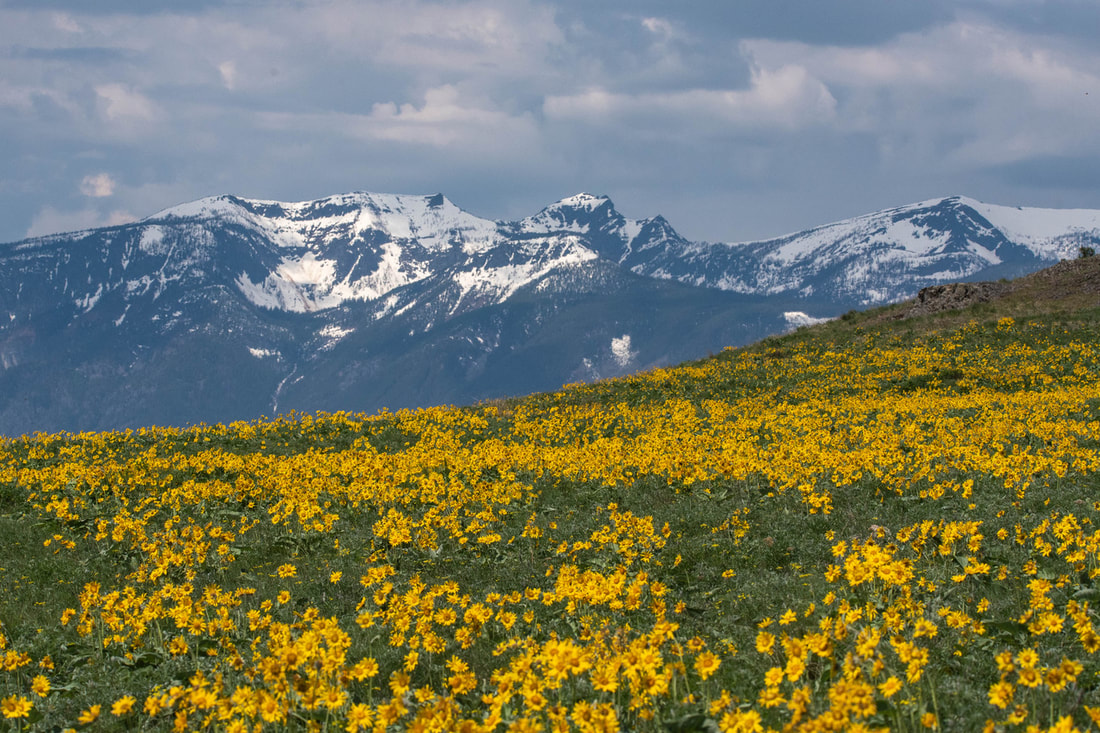
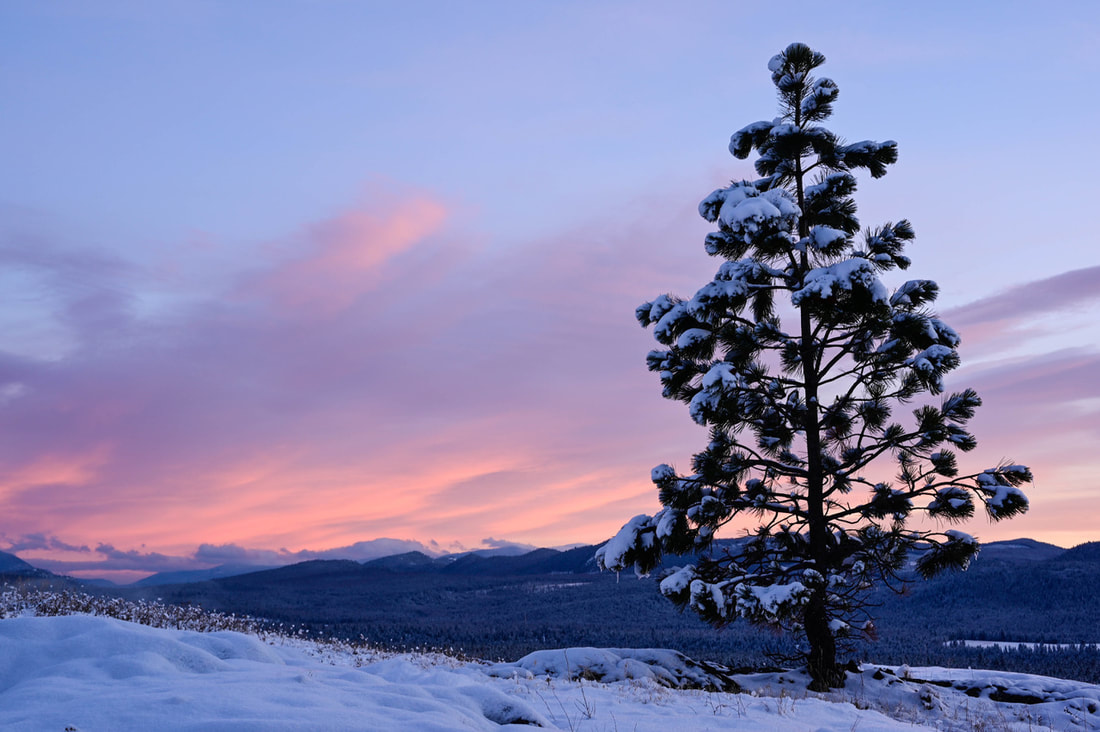
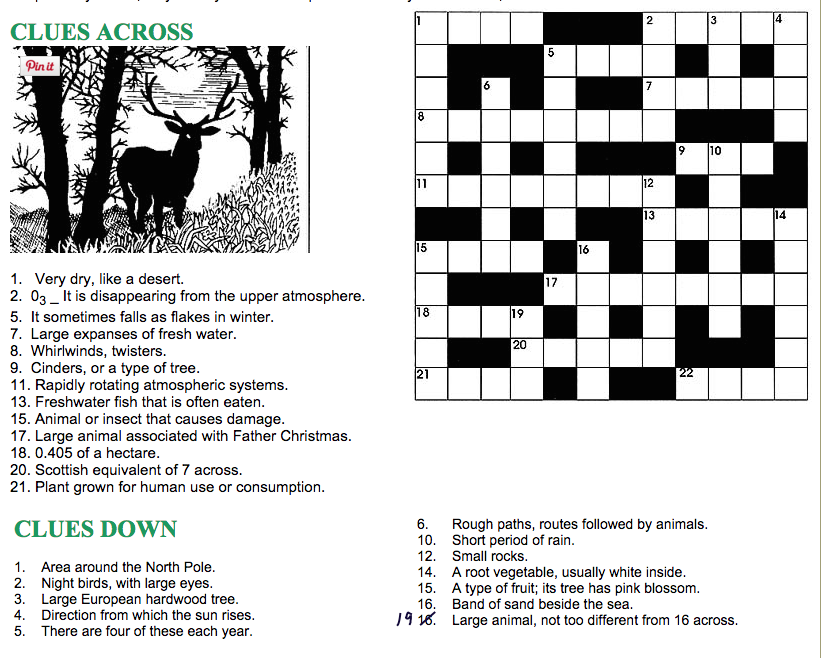
 RSS Feed
RSS Feed
